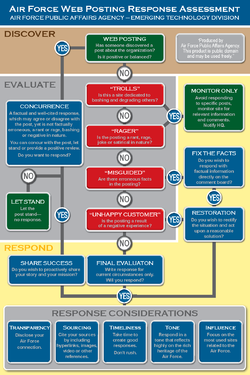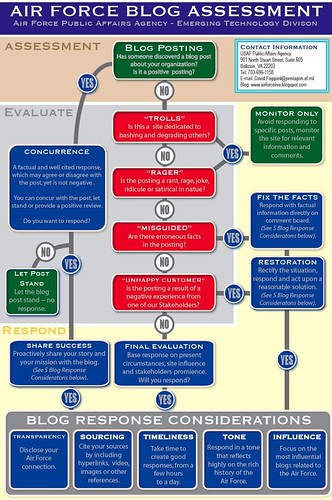Who owns social media?
"Everyone owns social media." that is the answer that so many people seem to rally around. And at first glance I agreed and thought "Heck ya" and raised my hands in the air! We all own it, we all participate, you can't control it, IT'S ALL OF OURS!
But as I thought about that, I began to really wonder. Does everyone really own social media? Or is it really that noone owns social media? Then I thought, ok what the heck are we even talking about. What does that question even mean, "who owns social media?"
Are we asking who owns the social media strategy? Who is in charge of our social media presence? Who is the final decision maker of what gets posted on social media for our org? or who actually owns it?
Often I wonder if we are asking the right questions or are we looking for catchy blog titles that will get more people to buy our consulting services, read our article, share the link to the article without reading it or whatever. (like I did in this post?)
Is "Who owns Social Media?" the important question that we need to answer?
I personally don't care.
But I do care about questions like:
- Who is managing our social media authors, who are the authors and do they understand our social media philosophy? (see this awesome NTEN post about philosophy!)
- Who is responsible for managing how we use social media across all of our Marketing, Communications, Fundraising and other strategies?
- Who owns and manages our brand across all of our channels including social media?
- Who acts as the primary community manager on each of our social media channels?
- If #$%# happens on our social media who is the one person we go to for decisions on quick action?
I don't think we can have multiple owners of our communication strategy and expect to have one brand voice. We can all come up with our strategies and plans to use social media to meet our groups goals and to communicate, but they should all roll up to the organization's communication strategy that has a clear owner. Or am I just whack?
While we may all participate, contribute, engage and otherwise own our activity on social media. I do not think that everyone owns social media.
But I do think your communication strategy should have an owner with a structure that allows everyone to be active in social media.
If "Who owns Social Media?" is the wrong question, that what is the right one?










